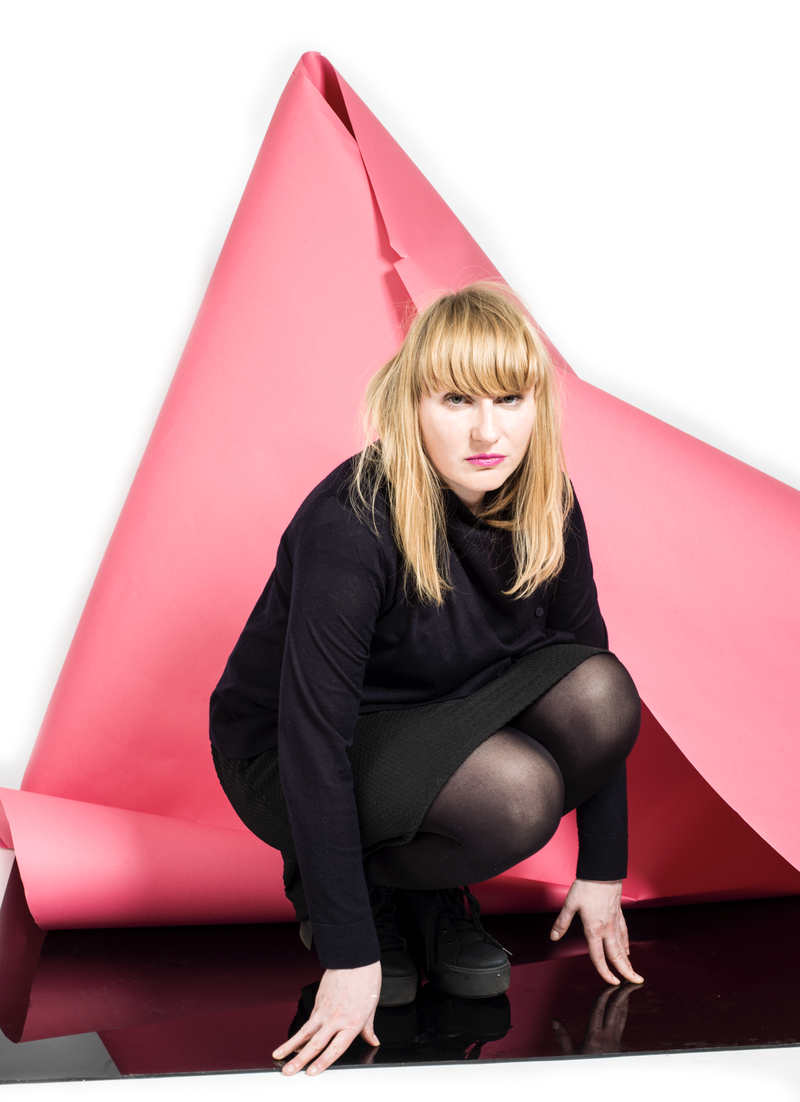Joanna Zielińska

A total of 24 modern and contemporary art museum professionals residing in 19 different cities have been awarded support to attend the CIMAM 2019 Annual Conference The 21st Century Art Museum: Is Context Everything? that will be held in Sydney, Australia 15–17 November 2019 hosted jointly by the Museum of Contemporary Art Australia.
Launched in 2005, CIMAM’s Travel Grant Program is designed to foster cooperation and cultural exchange between contemporary art curators and museums directors in emerging and developing economies and their counterparts in other regions of the world.
Joanna Zielińska's Conference Report
First of all, I would like to thank Antoine Wilmering and the Getty Foundation as well as the CIMAM Travel Grant Committee for their trust and support, giving me the possibility of joining the CIMAM Annual Conference in Sydney (15–17 November 2019). This is an important meeting point with art professionals, and a crucial event to establish future curatorial collaborations with museums and contemporary art institutions, an extraordinary platform where to exchange views and knowledge about managing the different aspects of an art institution: collection, theatre space and residency programs.
The CIMAM Annual Conference is a unique forum that offers to opportunity to participate in the debate about current international strategies in the future of collecting policies. Participating in the conference was a great chance to contrast my specific viewpoints (shaped by the Eastern-European cultural and political environment where it chiefly takes place) with diverse intercultural perspectives, and a great potential to develop future collaborations with CIMAM members and Australian institutions.
I personally found the program’s approach from the perspective of the Asia-Pacific and Australian context extremely enlightening. The presentations and discussions addressed urgent global issues, such as the keynote presentation by Franklin Sirmans – director of the Pérez Art Museum Miami, among others. Such a well-programmed conference was of great value to understand the local artistic and institutional context. The presentations offered new perspectives to learn about indigenous curatorial practices and changing models of art institutions, as active agents engaged in current social and political transformations, against the backdrop of technological development and a post-colonial discussion around museum collections. As a member of the Collection Board responsible for the Ujazdowski Castle’s contemporary art collection, I deeply appreciate such innovative viewpoints on policies of collecting.
Wesley Enoch’s talk, with his contribution to the discussion about indigenous cultures, was particularly illuminating, especially in the context of performing arts and the Sydney Festival. As an indigenous curator in the Canadian art department at the Art Gallery of Ontario, Wanda Nanibush also delivered a very elaborated perspective emphasizing the complexity and important aspects of the processes of decolonization in museum collections, all of which was presented from the perspective of a practitioner, an exhibition maker and a person involved in long-term processes. The Conference has opened my view and interests in a way that I would like to expand my knowledge about new methodologies of understanding and working with indigenous art in the context of a contemporary museum. In this regard, it was very helpful to speak about these aspects with the incredibly knowledgeable Steve Miller – Aboriginal Programs Manager at Museum & Galleries NSW.
From my curatorial perspective, one of the most important case studies was the presentation by Hannah Mathews, a Melbourne-based curator with a particular interest in contemporary art and performance who serves as Senior Curator at Monash University Museum of Art. The discussion on the identity and activity of the 21st-century museum, as less bounded by a physical space and more by the influence of new media and the public sphere (which, in turn, is largely defined by such new media), is fundamental in my curatorial research, which is situated at the crossover between performing and visual arts. Hannah Mathews’ statement that the contemporary museum should be more about humans and less about objects very strongly resonates with my professional experience. It was also very interesting to learn more about Agatha Gothe-Snape's work, who is a performance artist based in Sydney. Thanks to CIMAM program I had the opportunity to see her work at The Art Gallery of New South Wales, and also to do a studio visit with her and to learn more about her multilayered practice after the conference.
I also appreciated the workshop and speed dating session for curators and organized visits to salient art institutions in the city. Especially, I enjoyed visiting Carriageworks where I learned about their cutting edge performance program and Artspace where I was able to sneak into some artists' studios.
During my short stay in Sydney after the conference, I met amazing artists and I had a chance to understand different perspectives motivated by the local context. My only regret is that we did not have the opportunity to learn more about the upcoming Sydney Biennale, curated by artist Brook Andrew, who is bringing an innovative and thought-provoking vision to the project.
Last but not least, I would like to thank Hannah Mathews for helping me to get in touch with the local artist community. My appreciation also goes to Elizabeth Ann Macgregor, the Director of the Museum of Contemporary Art in Australia, Susana Carnicero and Inés Jover for your advice and taking care of us on a daily basis.